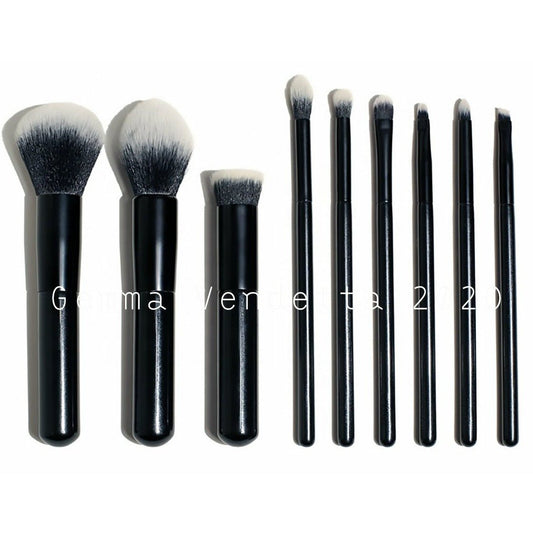Ingredients - What's The Difference?
Ingredients - What's The Difference?
Hello there,
I want to talk a little about ingredients!
As consumers become more aware, and more discerning of the products they put on their skin, there can be a minefield of claims, and labelling representations (or mis-representation) to look out for. In Australia there are more lenient labelling laws, but in the EU these claims need to be backed up, and verified.
When I first began developing Gemma Vendetta Cosmetics, I made personal choices for each ingredient that I included in my products, (and therefore excluded!) This was due to my core ethical beliefs around my brand, and my business. I wanted ingredients that were from a sustainable and ethical source, I wanted ingredients that were Natural, and known to have health-promoting properties (i.e particular activees), I wanted the ingredients to be low-tox, low-irritant, and little to no-allergenic.
It's important to note that all ingredients may cause a reaction, or an allergic response, no matter whether the ingredient is 100% Natural, or 100% Synthetic, or any combination in between, so it's important to patch test, and the best place to do that is behind the ear, wait 15 minutes, and if no irritation occurs, then you are safe to go ahead and apply liberally elsewhere as intended.
Natural does not necessarily mean safe, but Natural ingredients come from a renewable source, and if they are Certified Organic (not Organic in the chemical-sense, of being 'carbon'), then you will avoid pesticides too.
So what do the labels mean? And how do I know if something is Natural or not?
Natural: Natural ingredients come directly from the source, i.e the grower, with only minimal, if any, physical changes. Natural ingredients should be refined, though. But refining should maintain the natural integrity of the ingredient. Natural ingredients come from a renewable source.
Naturally Derived Minimal: Naturally Derived Minimal ingredients are produced with minimal processing using an industry allowed level of synthetic chemicals. These are often labelled as "Derived from Nature" or "Naturally Sourced", they contain Natural Ingredients, but are not 100% Natural.
Naturally Derived Synthetic: (NOT Natural!) Naturally Dervived Synthetic ingredients may have begun their life as a Natural ingredient, but due to their their containment of synthetic ingredients, or processing using synthetic ingredients, they are no longer deemed Natural. Look out for SLS/SLES/PEG/Isopropyl Myristate, for example.
Synthetic: Synthetic ingredients are manufactured entirely from synthetic chemicals or petroleum derivatives. They are carbon-based, and easily manipulated. They are also a non-renewable source. Synthetic ingredients are MUCH cheaper, for obvious reasons, and like natural ingredients must be self-tested for irritancy and allergic reactions.
Certified Organic: A certified Organic ingredient is one that is completely natural, and grown without the use of synthetic pesticides or fertilisers, and tests free of synthetic chemical residues. Certified Organic ingredients are therefore more expensive to source due to the increased regulations and production costs.
If you have any questions, please comment below and I will endeavour to aid and assist where I can.
Gemma Vendetta Cosmetics are 100% Australian Made + Owned, and are carefully curated and formulated with the end consumer in mind. i.e. You!
Thank you for supporting local.
xx Gemma





1 comment
What is petrolatum in cosmetics? I’ve seen that as first ingredient of a cream product